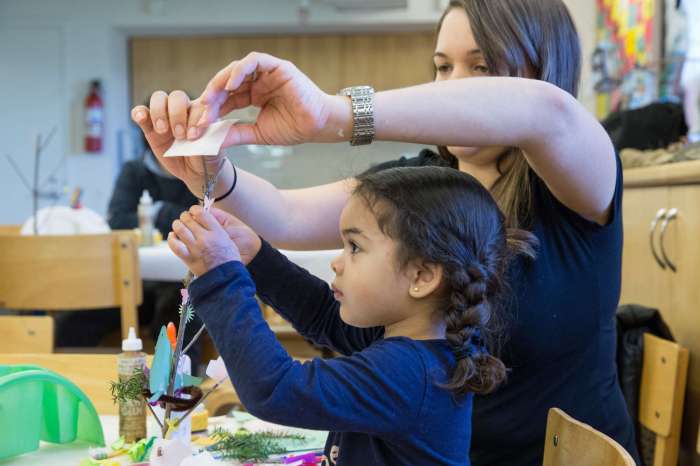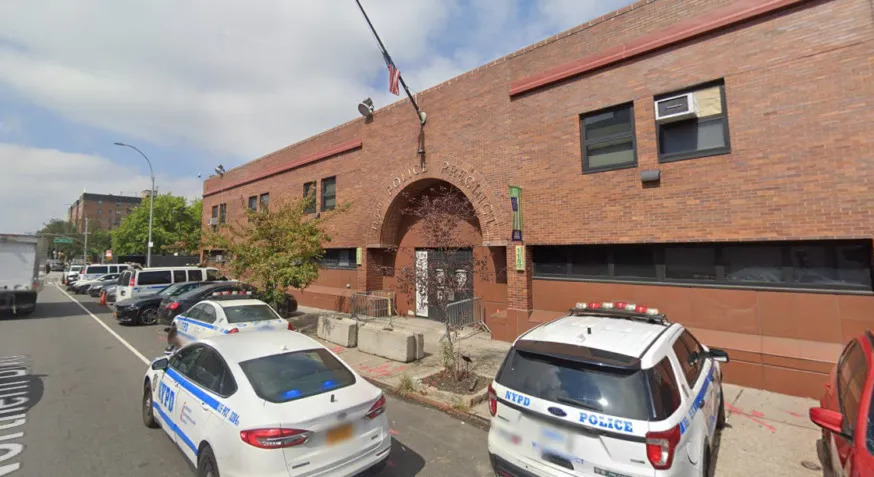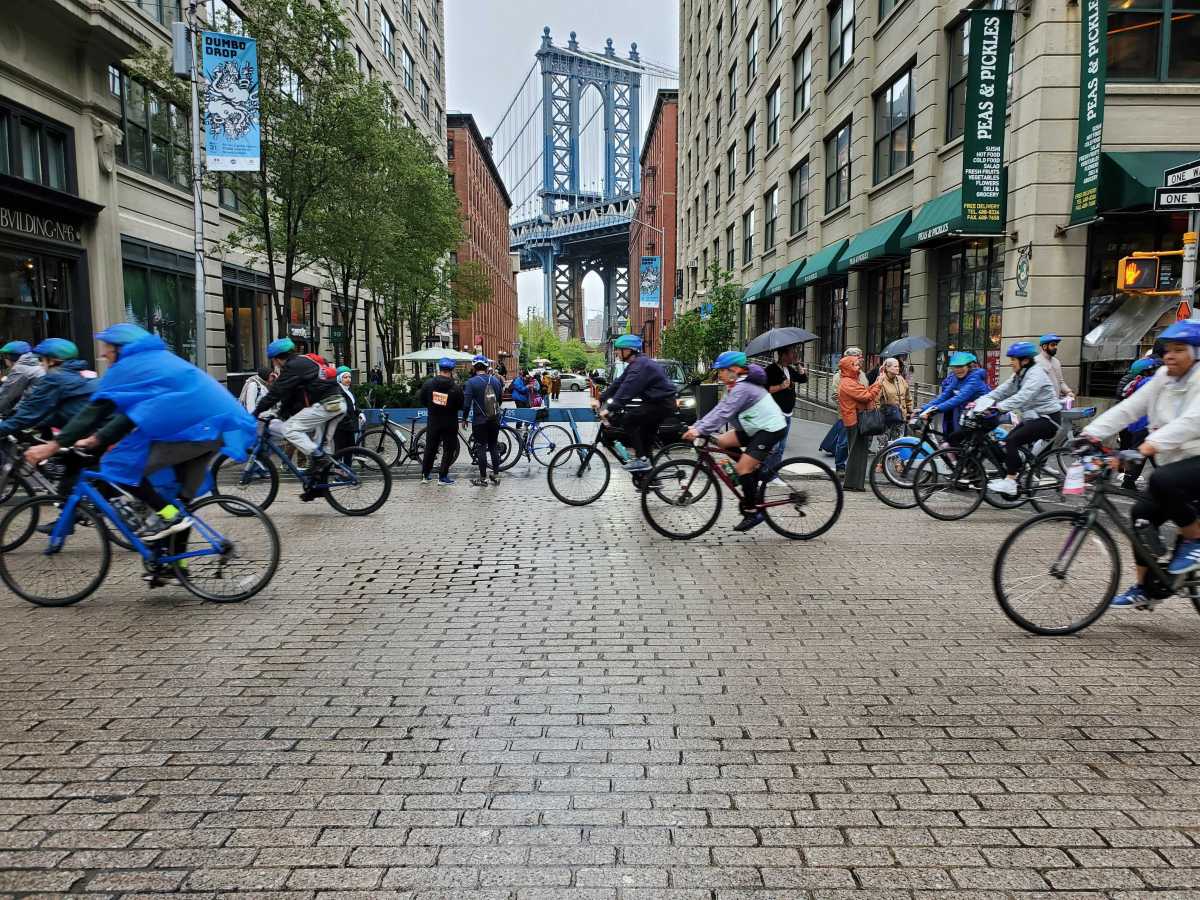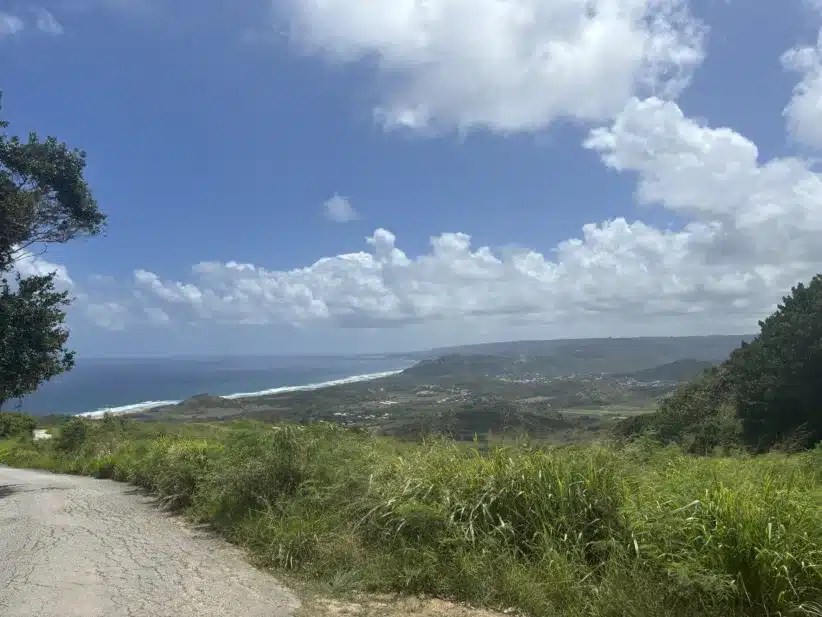It is fascinating to learn that oysters are not only ‘the jewel of the water’ but also play a role as the ‘tree of the sea’ as well.
Like trees that clean our air of carbon dioxide, oysters filter harmful nitrogen from water and release oxygen as a by product.
It’s also no shock that the city’s waterways aren’t brimming with sparkling clean water either.
As a matter of fact, many of the city’s waterways receive failing water-quality grades, especially on Long Island Sound and other Bronx water bodies.
However there is good news; that trend has been reversing over the past decade due to the environmental actions that have been initiated.
There is one very organic solution that could expedite the process.
Helping to replenish our oyster populations along the Bronx shoreline could in fact clean up the borough’s aquatic natural resources in quite an organic and cost-efficient means, according to nautical experts.
Imagine what kind of impact an entire shoreline of these bivalves could do for not just the borough’s ecosystem but much of the city’s waterway quality.
Just imagine an Orchard Beach without running jokes that going into the water makes one’s baiting suit disintegrate or being able to boat out on the East River without the fear of dipping toes into the water, personally I would be happy as a clam to so.
A recently proposed piece of legislation by Assemblyman Michael Benedetto would encourage restaurants to sell their empty oyster and clam shells to the state at 10 cents a pound to restore the oyster beds. Free-swimming oyster larvae would find a strong surface to begin building their colonies, instead of perishing in the sea bottom’s soft sand.
A group of folks in City Island have already started an oyster project. The popular seafood restaurants on the island have committed their shucked shells to the effort. Assemblyman Benedetto has awarded the organization with a $2,000 grant to seed the project.
A cubic foot of oysters can filter over a thousand gallons of water in a day, essentially sucking in the bad and spewing out the good. Currently, used oyster and clam shells get dumped in a landfill somewhere. The recycling plan is a win-win.
With all the talk of climate change and the dangers that the planet could potentially face in upcoming years, it’s time to cross one of those issues of the list.



















